Can’t afford a camera? Get an Xbox instead
This one’s going to be a little nerdy. I mean, more so than usual.
I’ve been playing a lot of Assassin’s Creed: Odyssey since losing my job due to the pandemic. (Yes, that’s the previous game in the series, not the new one. I like to be fashionably late to my video games so that I don’t have to pay full price, OK?) Beyond being a stunning game to look at that brings the world of ancient Greece to life before your eyes, Odyssey has a brilliant photo mode. That is, a camera simulator that lets you create art with a video game.
While most gamers are Sparta-kicking bandits off of cliffs, setting fires to grain stores, or living out pirate fantasies on the Aegean Sea, I’m employing old ENG tricks to frame my armor-clad Kassandra against a giant setting sun while fussing over exposure, temperature, and depth of field sliders. And I’m loving every moment of it.
Sometimes, I get so lost in Odyssey‘s photo mode that I forget there’s a game attached to it. I mean, just look at this:
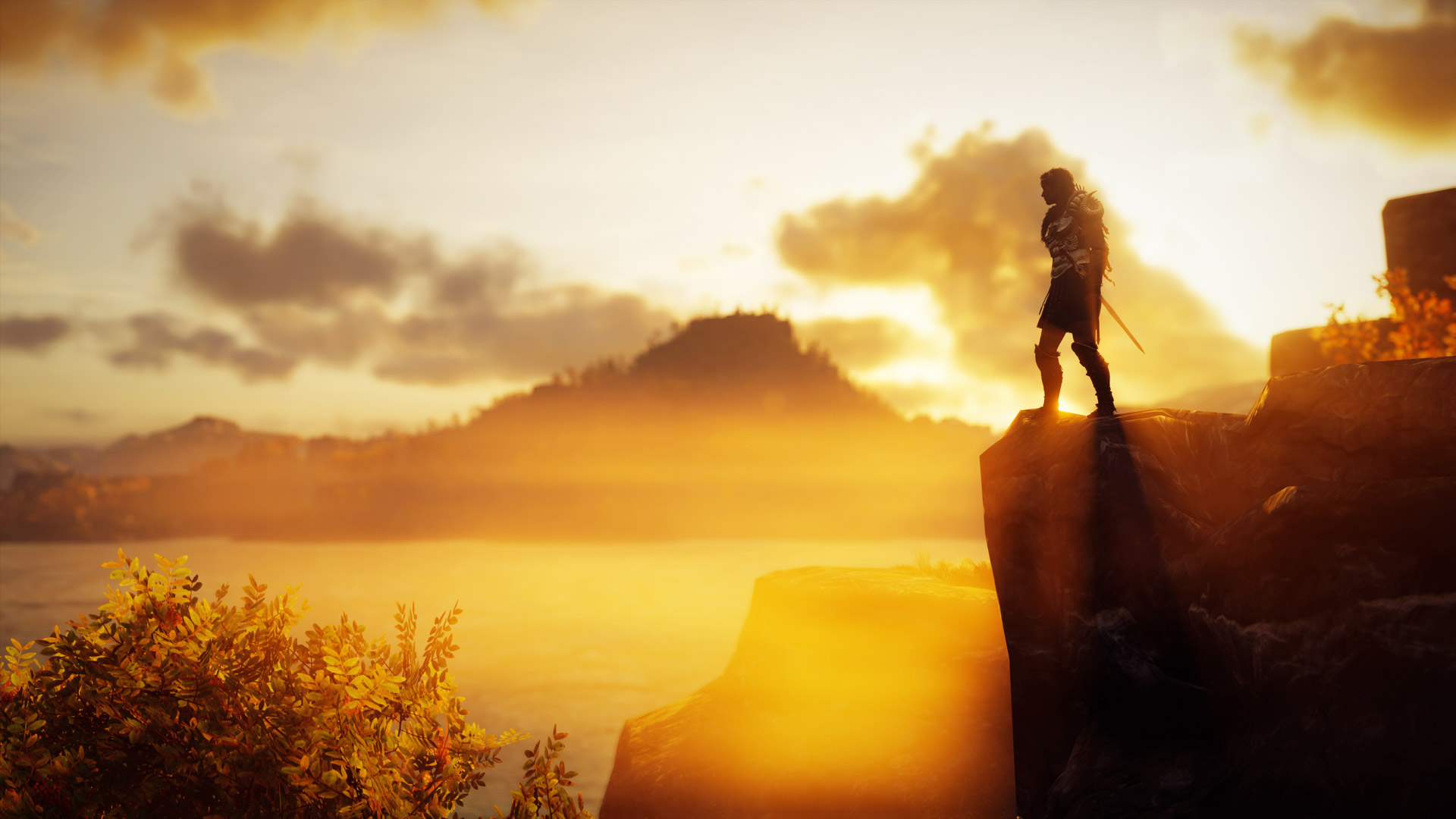
I don’t think a photo mode is merely a fun bonus within a video game (although, it is certainly that). It allows you to experience the game in a different way, with a completely new set of challenges. Game photo modes, like photography in real life, put limitations on what you can do that force you to be creative to work around them, often finding compromises to get the shot you want.
In Odyssey, for example, you can only move the camera a certain distance from your character. However, if you first call up your trusty eagle companion, Ikaros, and then turn on photo mode, you can see things from a bird’s eye view. You can fly Ikaros as far away from your character as you wish, and thus put the camera wherever you need it — a virtual drone.
Especially for people new to photography, a video game’s photo mode offers a very real opportunity to learn about how cameras work. By playing with camera distance and the field of view (zoom) slider, you can discover how focal length and relative distance between camera, subject, and background affect the look of an image. All of this is essentially true to how a camera performs in the real world. Want to frame your subject against the sun? Just move back and zoom in.
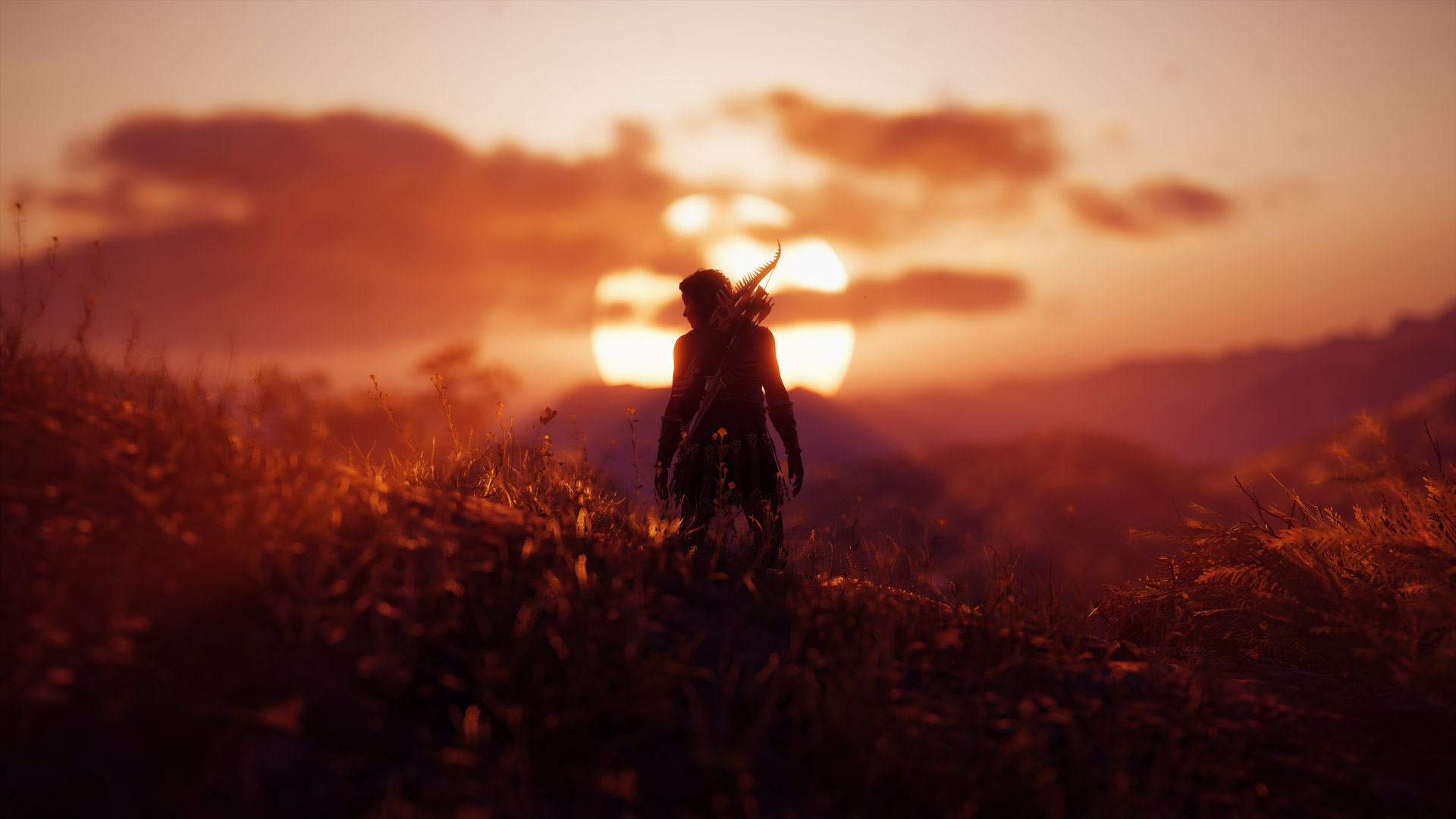
Even depth of field is accurately simulated, with focus gradually decreasing with distance from the focal plane. Odyssey isn’t as good at rendering foreground defocused areas as it is at background defocused areas, and the depth of field slider is mislabeled (adding more “depth of field” actually decreases depth of field — if it had instead been labeled “depth of field effect,” that would make more sense) but it still never ceases to impress me that this is all happening in a video game.
It’s about more than pretty pictures
Beyond Assassin’s Creed, I was also impressed with the photo mode in Hellblade: Senua’s Sacrifice, which is very similar in how it works. Hellblade is such an intriguing game thematically — it deals with the title character’s psychosis as you essentially play through the horrors of her internal reality — that it demands a unique photographic approach. Where in Odyssey I framed Kassandra in a way that displays her stability and strength, often with longer focal lengths and low angles, in Hellblade I found myself wanting to convey Senua’s vulnerability, using wide angles and “Dutch tilts” to create unsettling perspectives.
Forza Horizon 4, a driving game, also has a top-notch photo mode, and even adds shutter speed simulation for creating motion blur, a key to great car photography in the real world. Inanimate objects are generally easier to render realistically in a video game than human characters, as people are very good at recognizing imperfections in people (ouch) but less good at recognizing imperfections in things, which helps Forza’s photo mode give you some of the most realistic game photography you can get. Especially at small image sizes, like on Instagram, it’s hard to tell that a Forza photo isn’t real life.
Video game photo modes also open up a world of photographic opportunity to people who couldn’t otherwise access it. You don’t need to hire a model, get a permit, or steal a cool car. You don’t even need a camera. And you have complete freedom to experiment and take as much time as you want.
No, the experience is certainly not identical, the challenges not as exhilarating, the work not as rewarding (nor as lucrative, if you’re the type of photographer who actually gets paid). But it’s still pretty dang cool, and can even be a mindful exercise if you want it to be. Compared to hack-and-slash nature of most games, photo modes are remarkably calming.
If any game engineers happen to be reading this (they aren’t, but you know, just in case), the biggest improvement I’d like to see in photo modes is the ability to render at higher detail levels. I don’t need my still image to be processed at the same 30 or 60 frames-per-second speed the game engine is churning out during gameplay. Let me put a full second into processing each exposure, at 30 or 60 times the fidelity. This could boost resolution, decrease level-of-detail deficits in the distance, and improve the accuracy of post-processing effects like depth of field.
Or just make Camera Simulator: The Game.
Oh, and just for good measure, here’s a photo from No Man’s Sky’s equally awesome photo mode. This game is just pure eye candy.
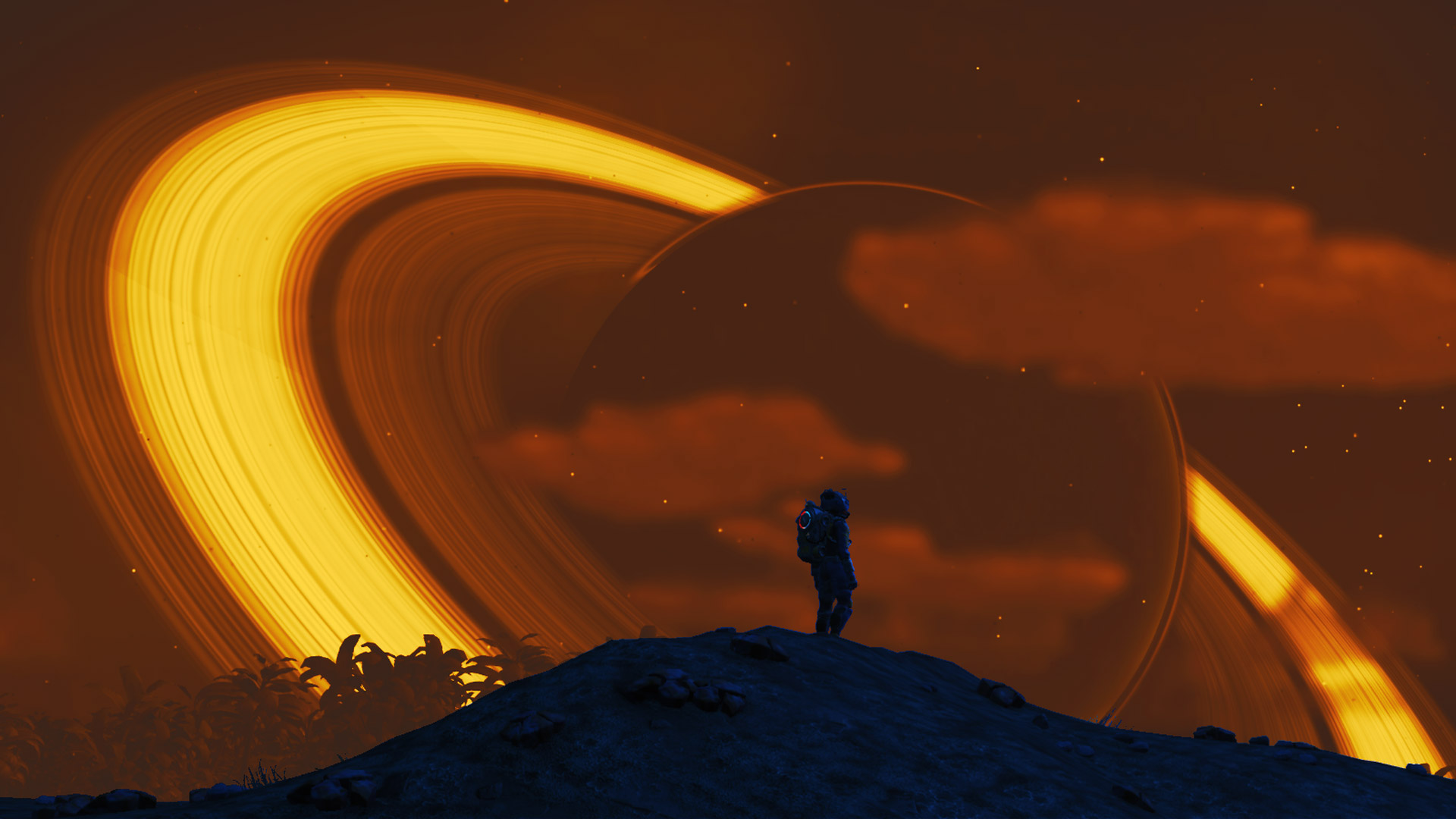

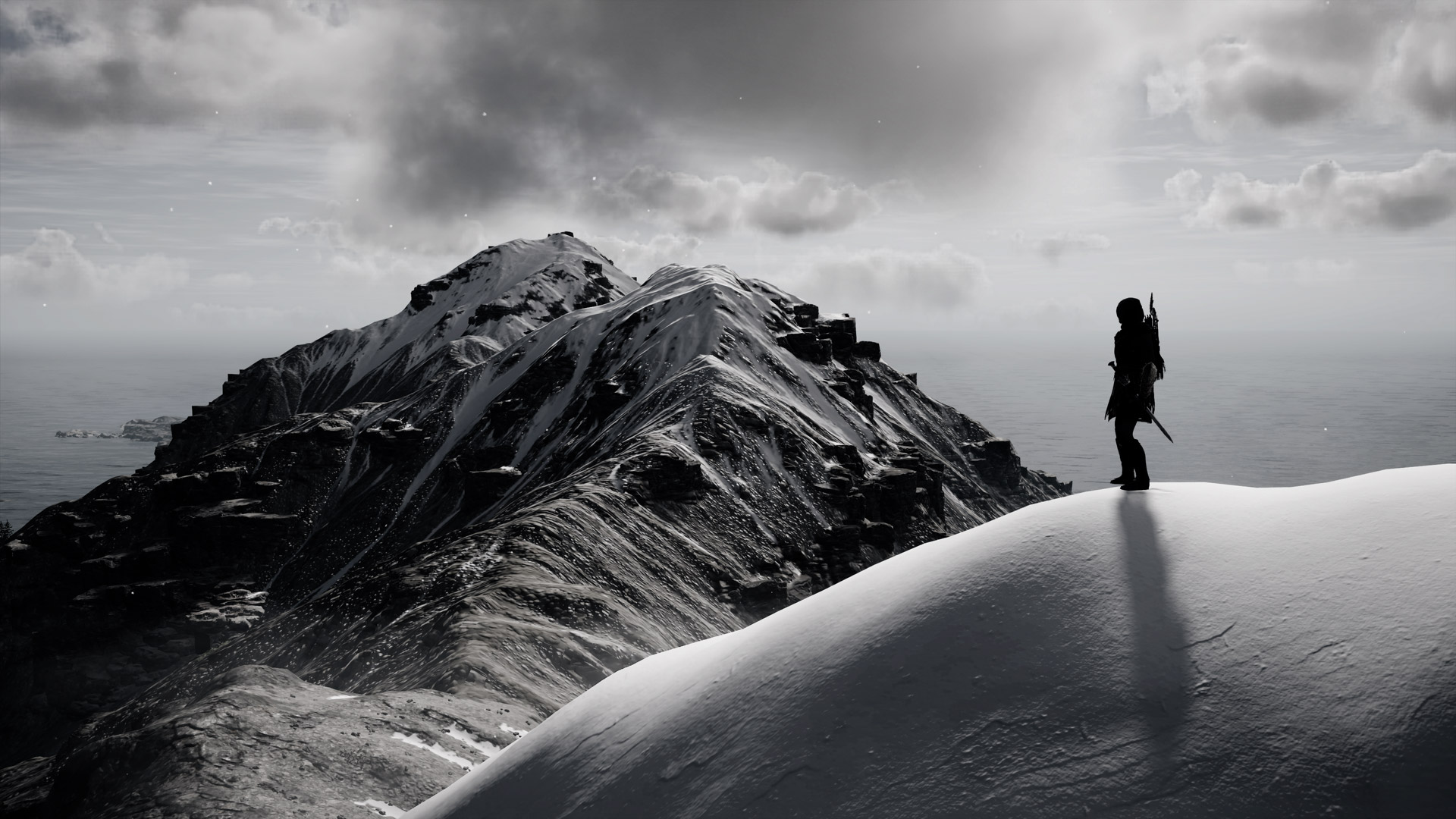
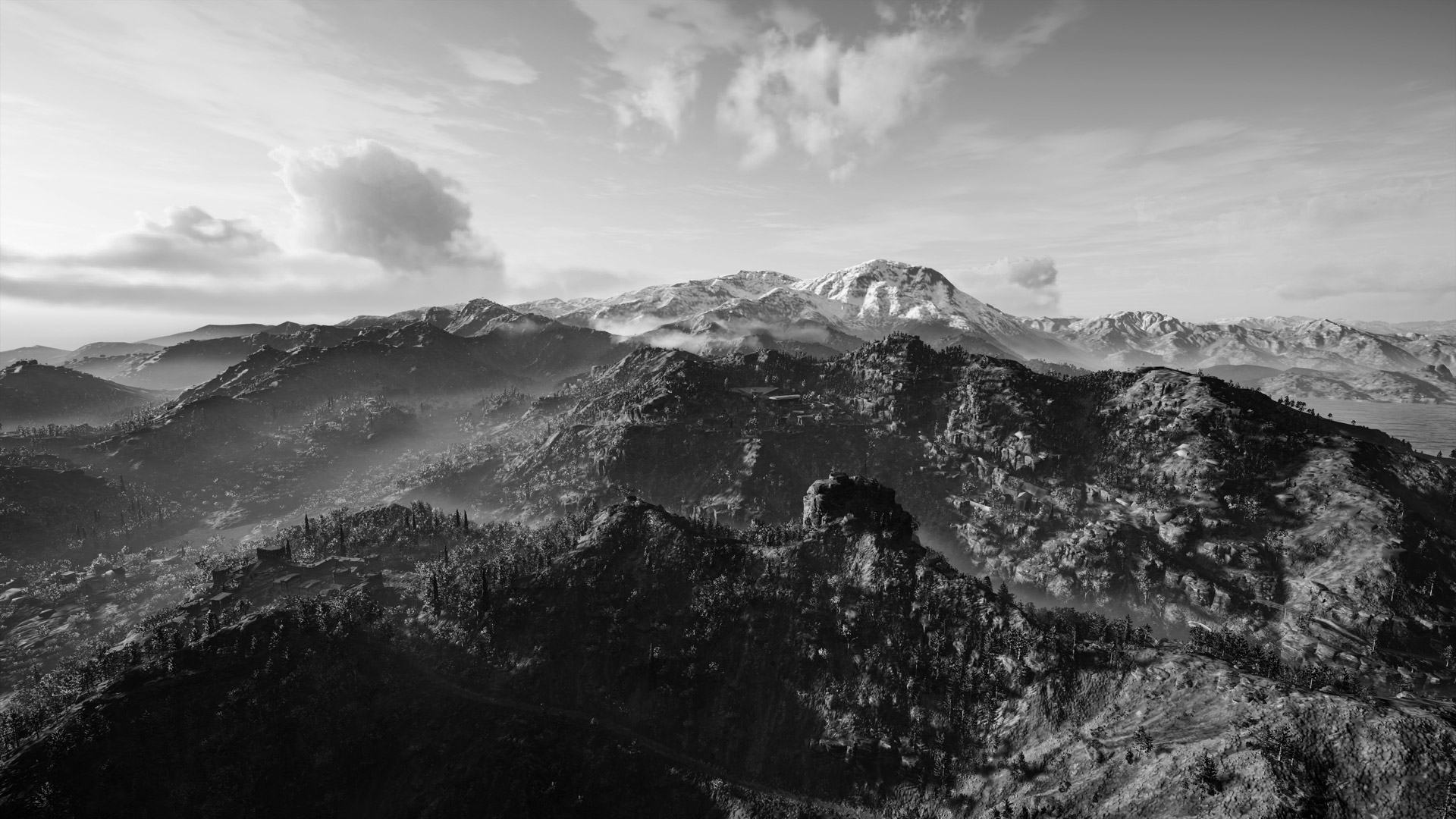
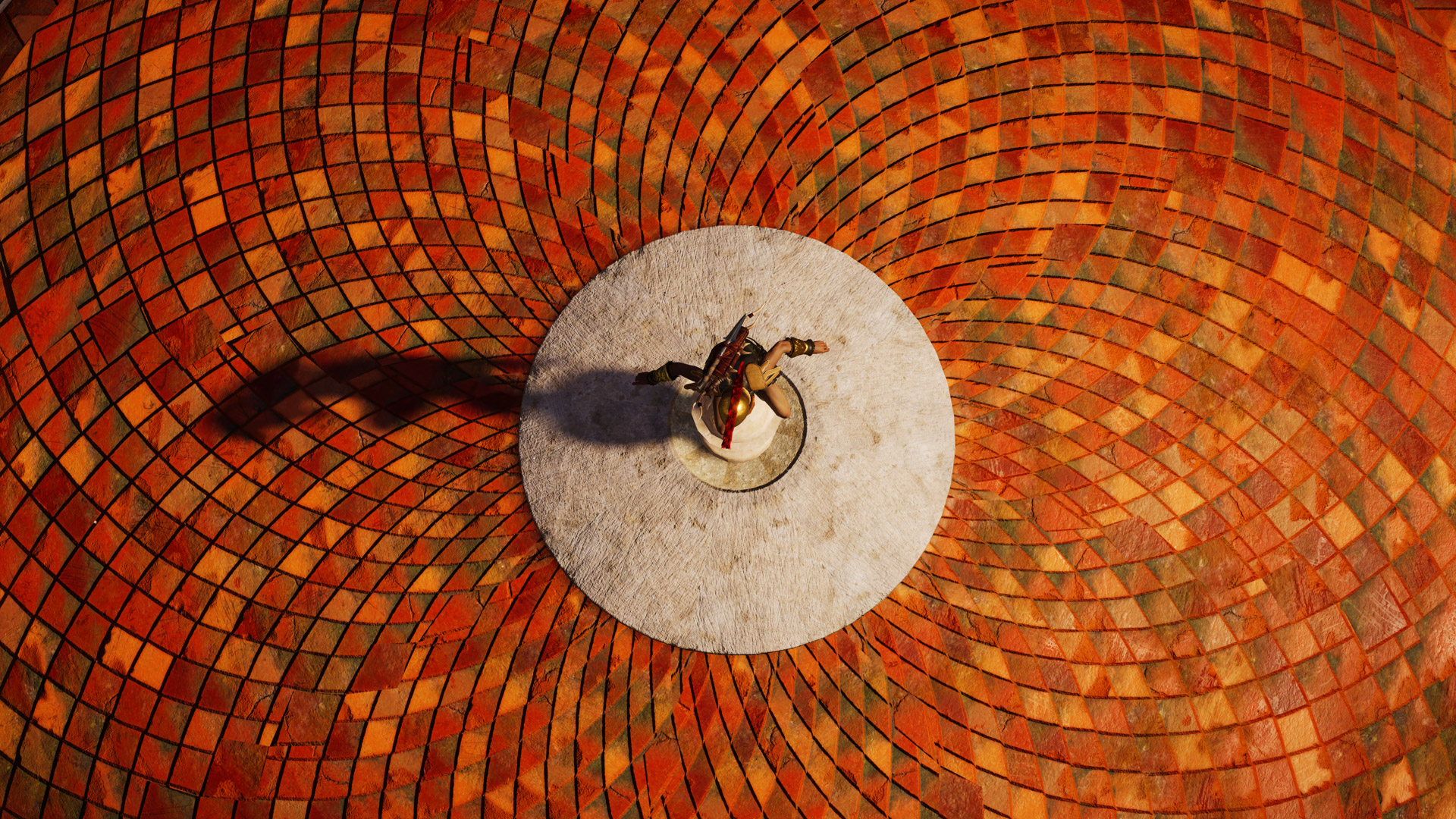
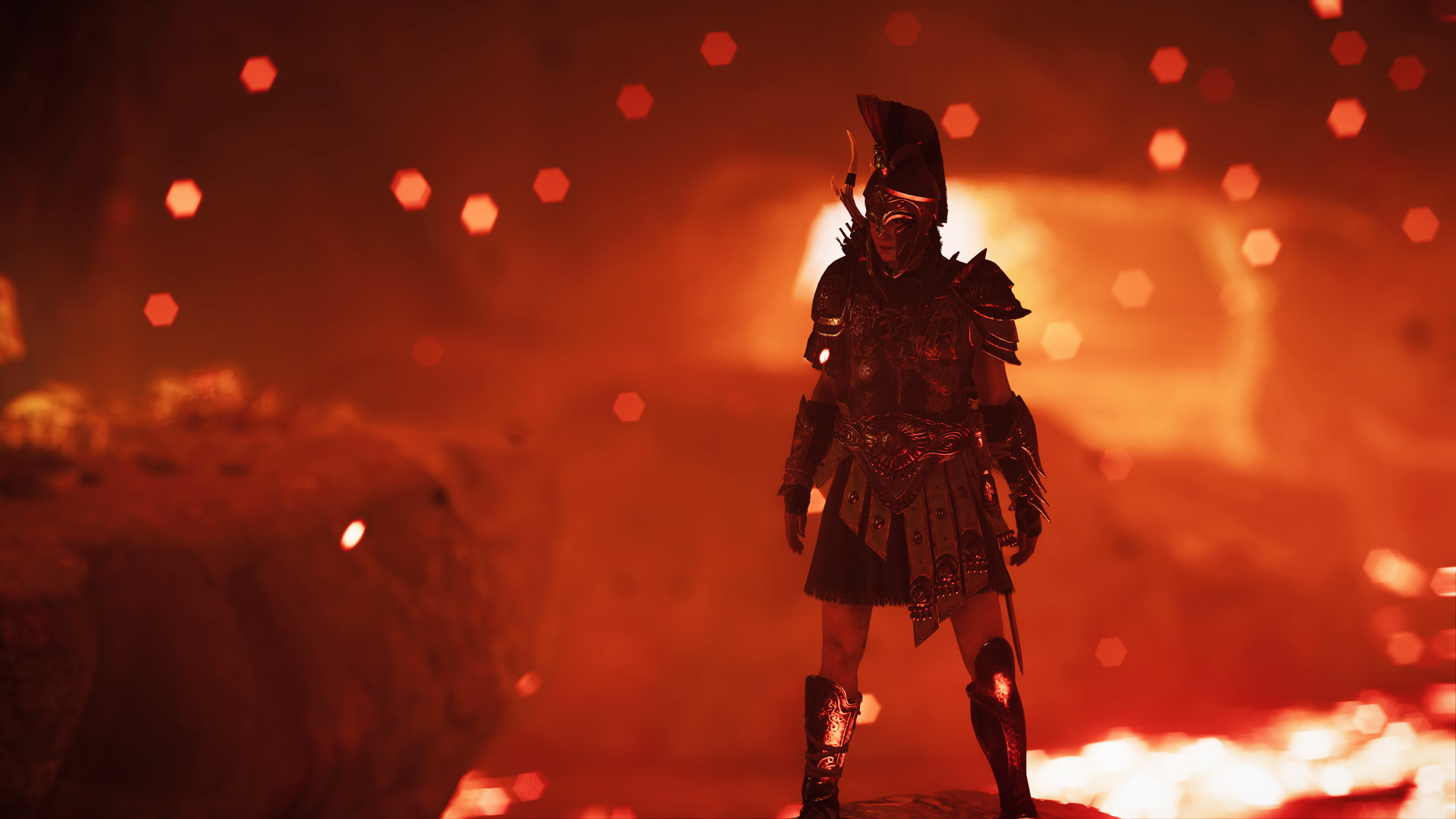
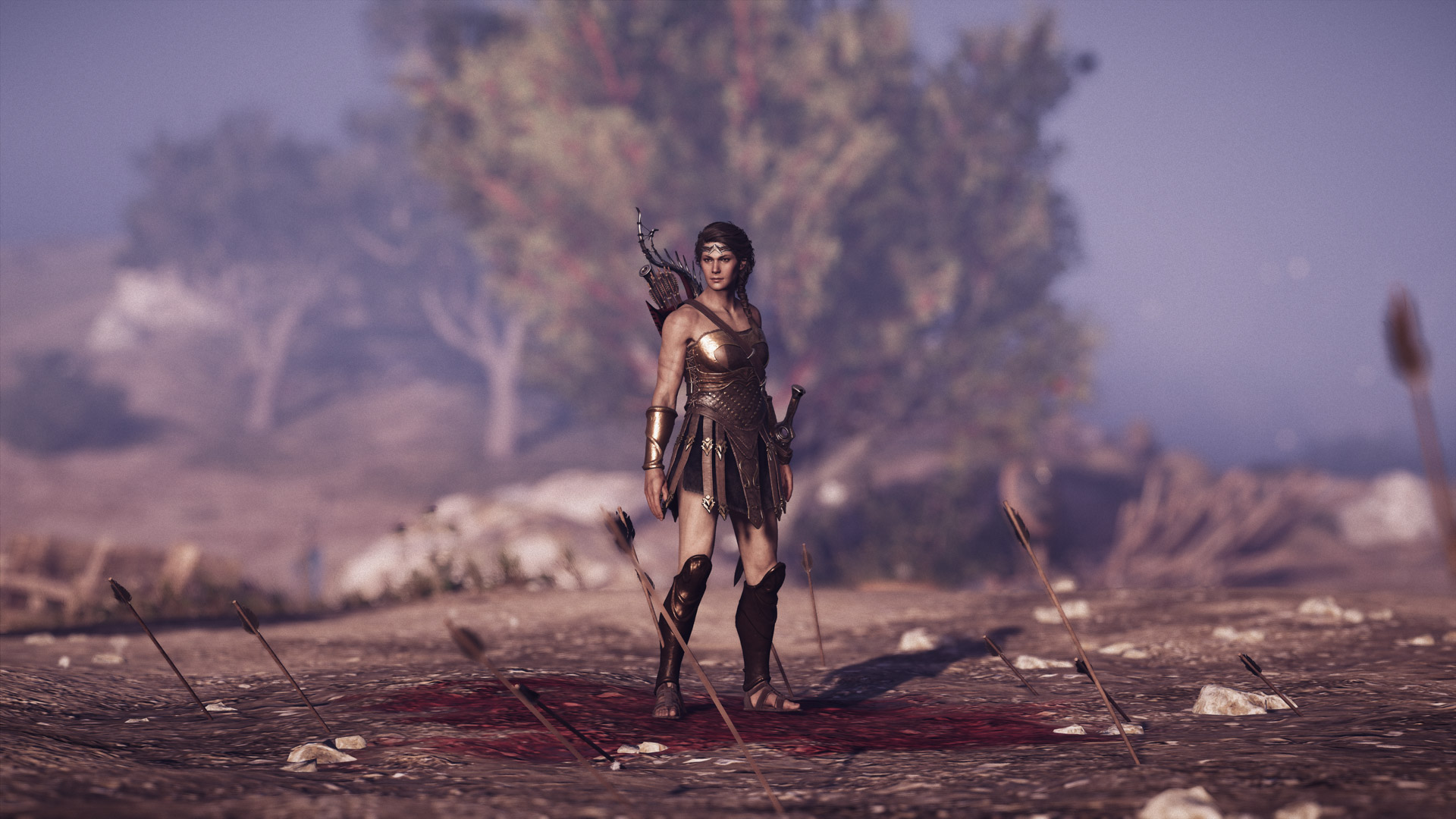
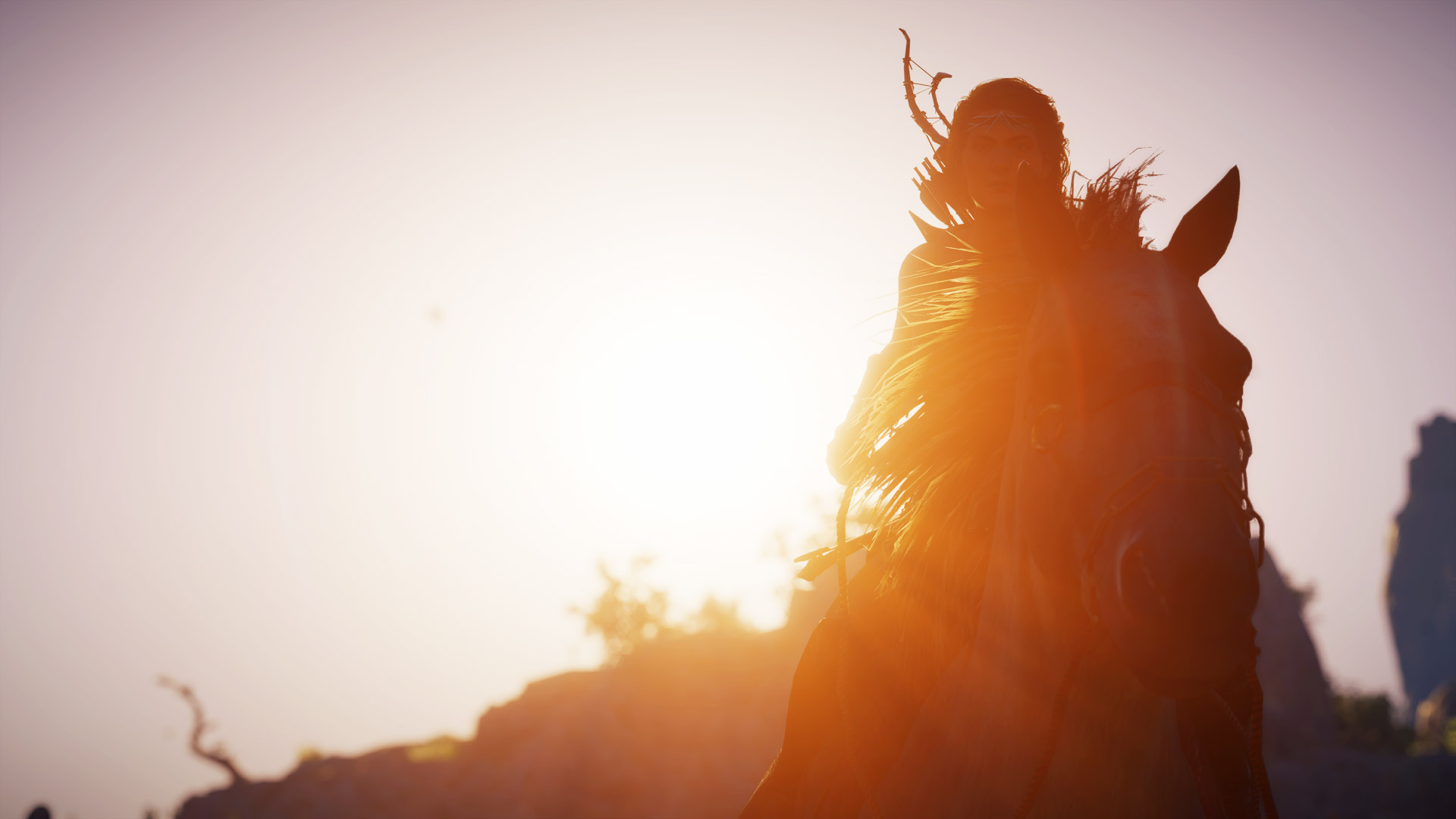
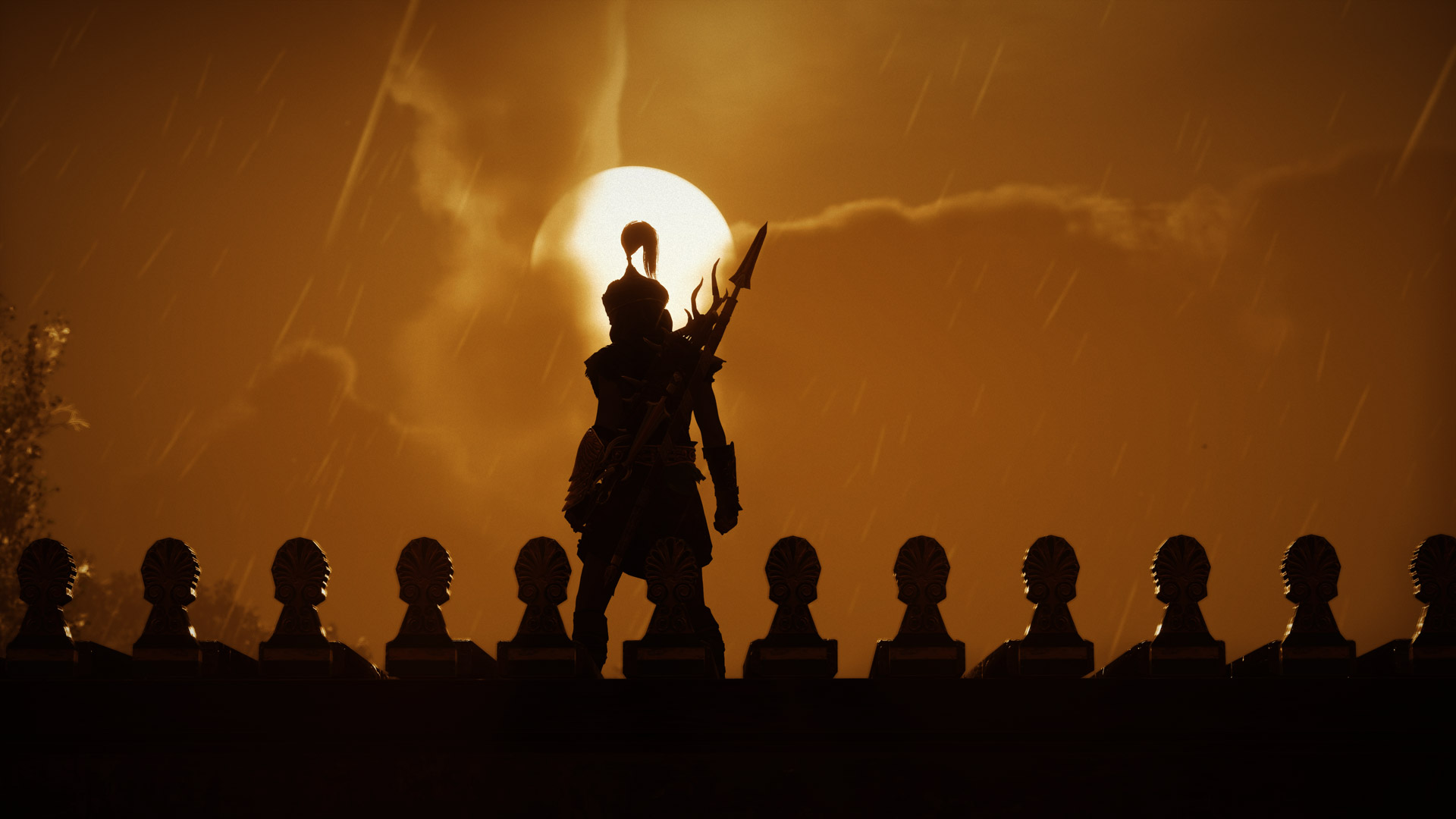
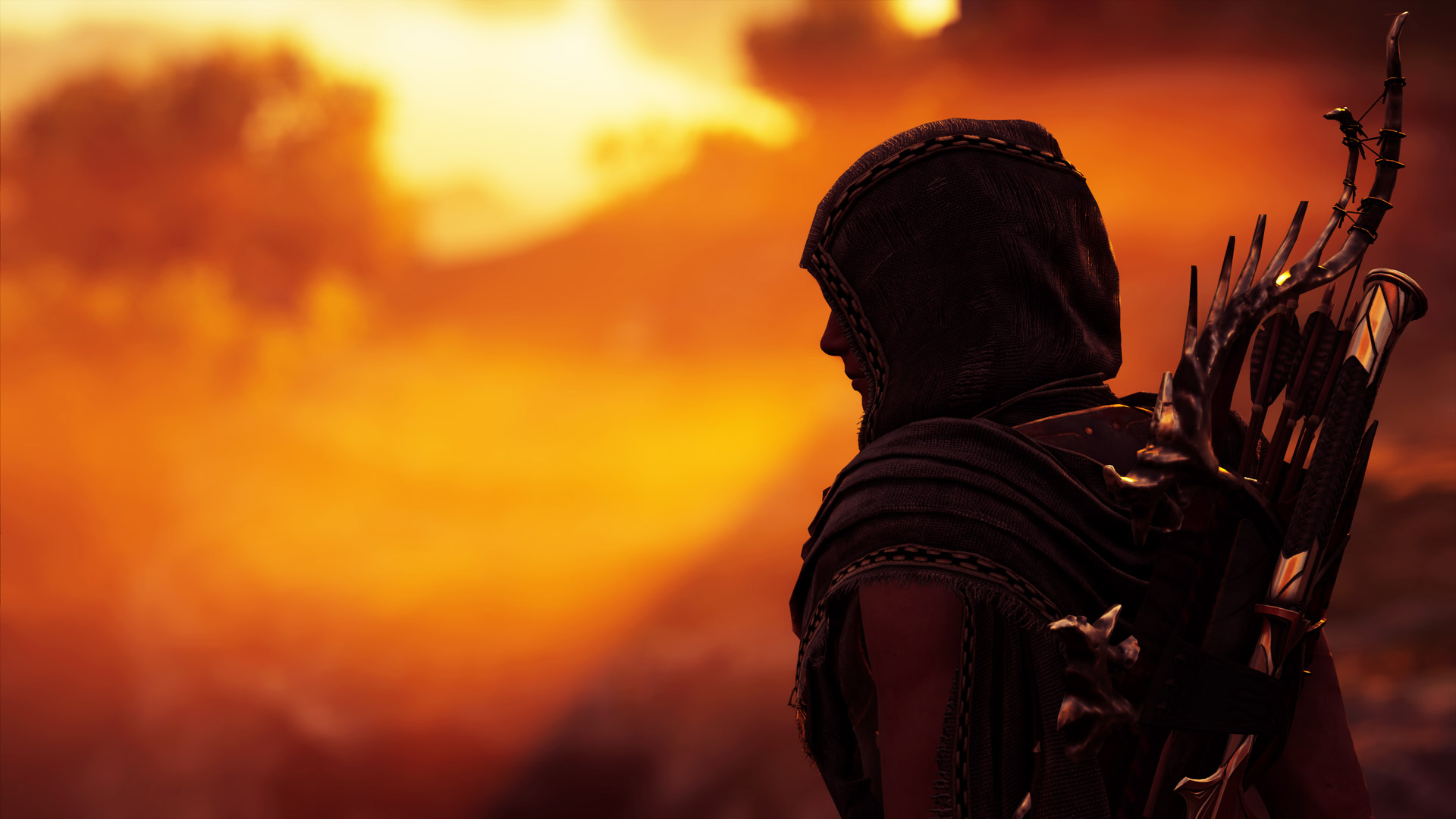
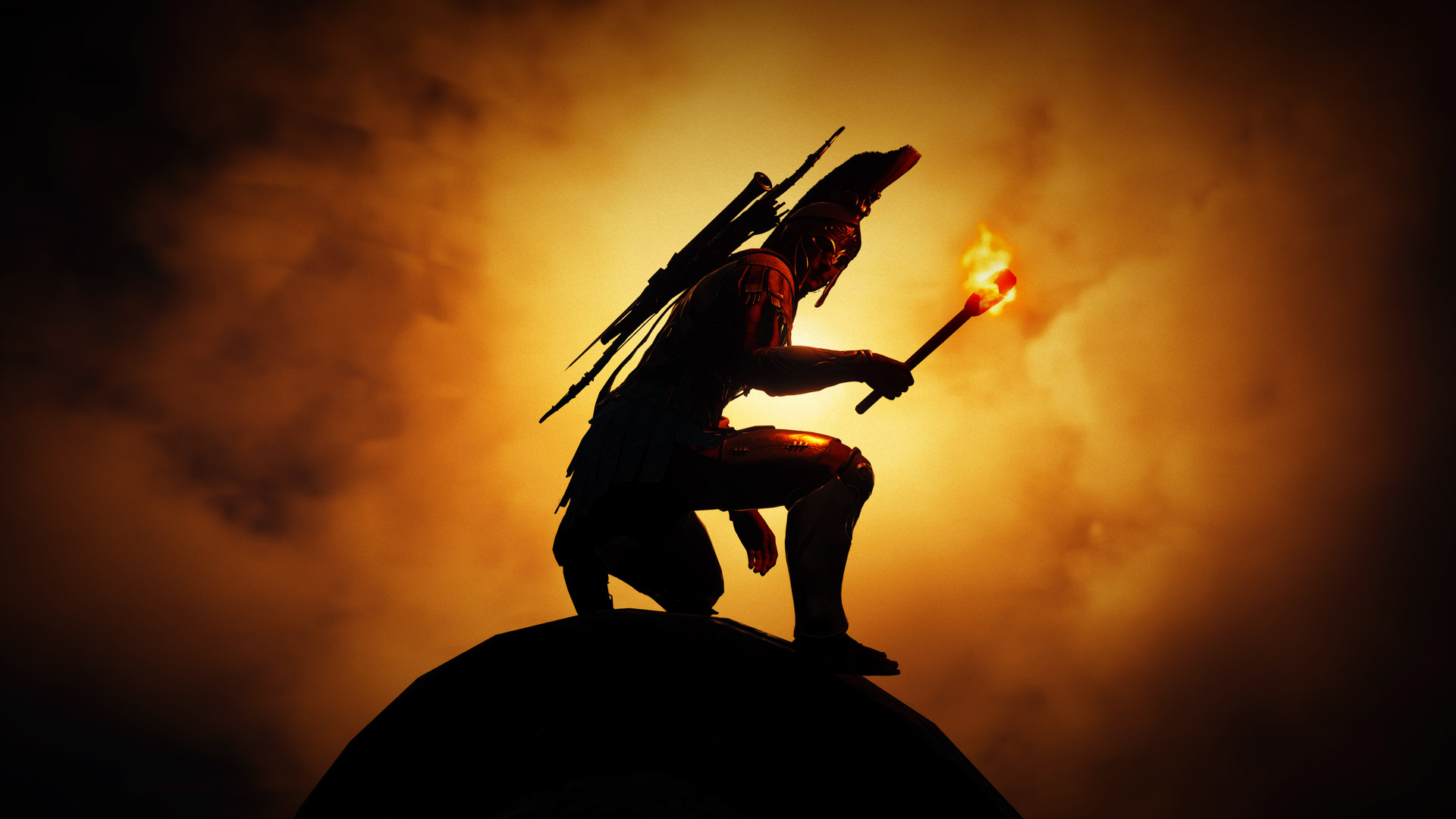
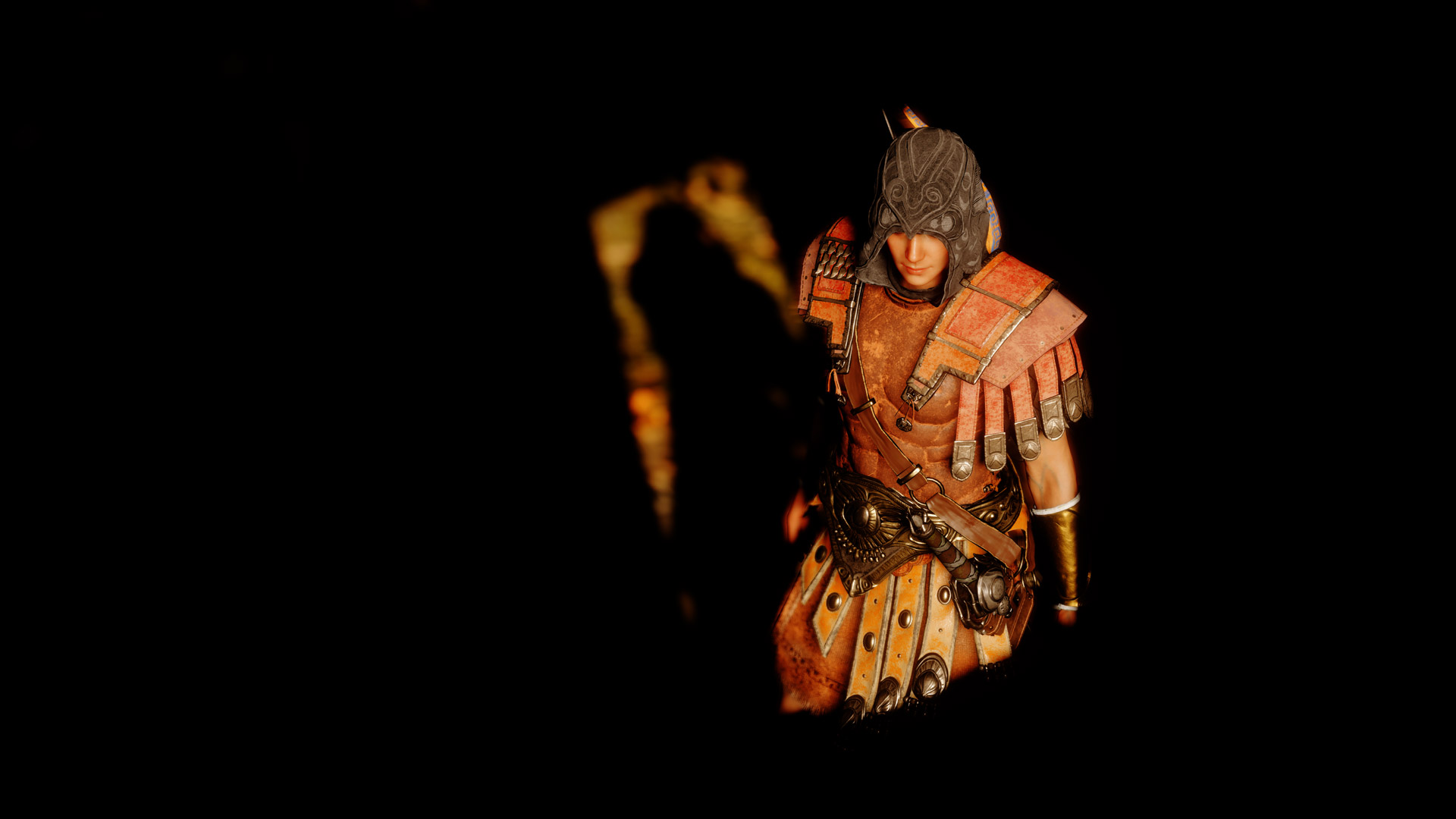
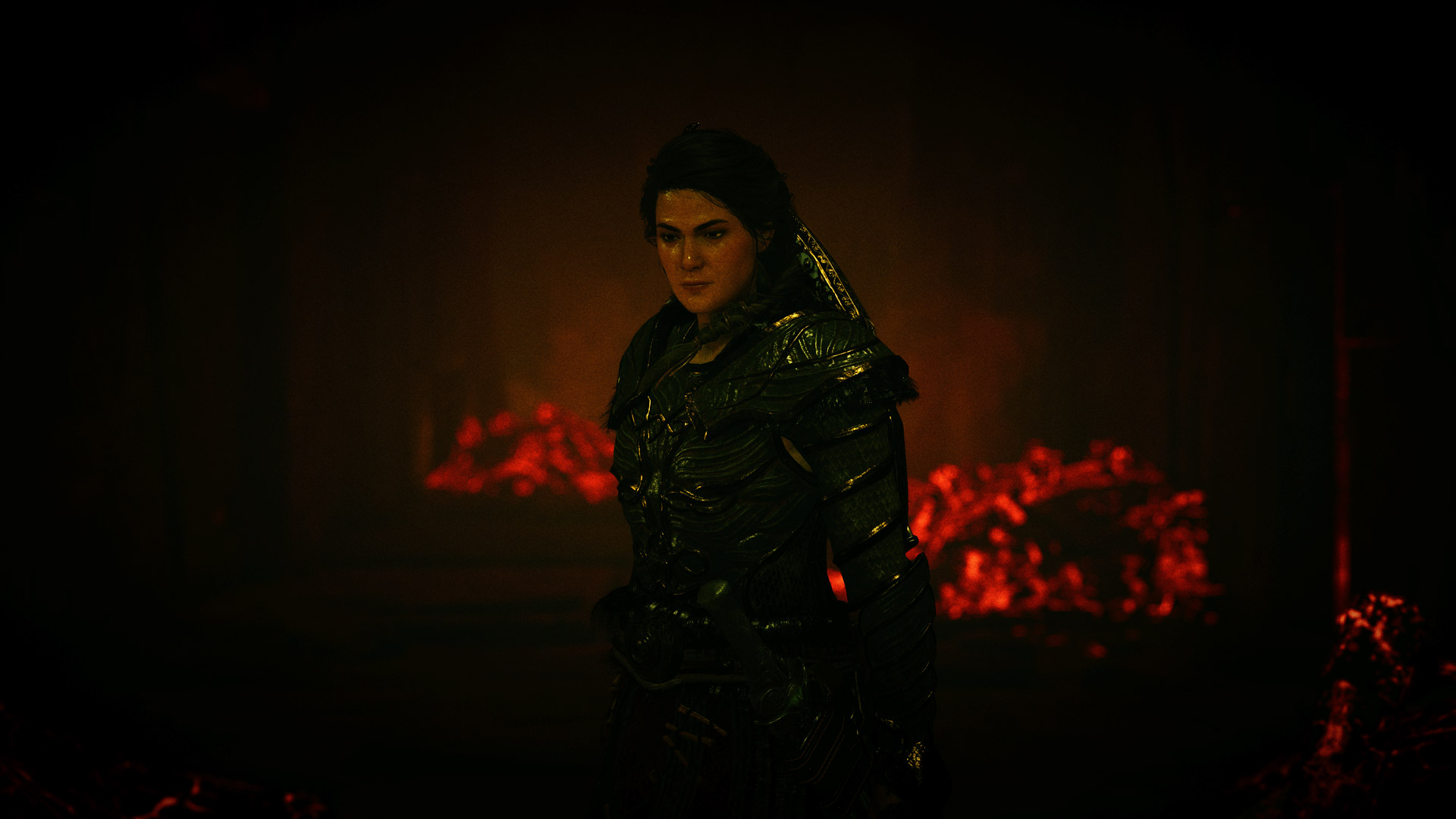
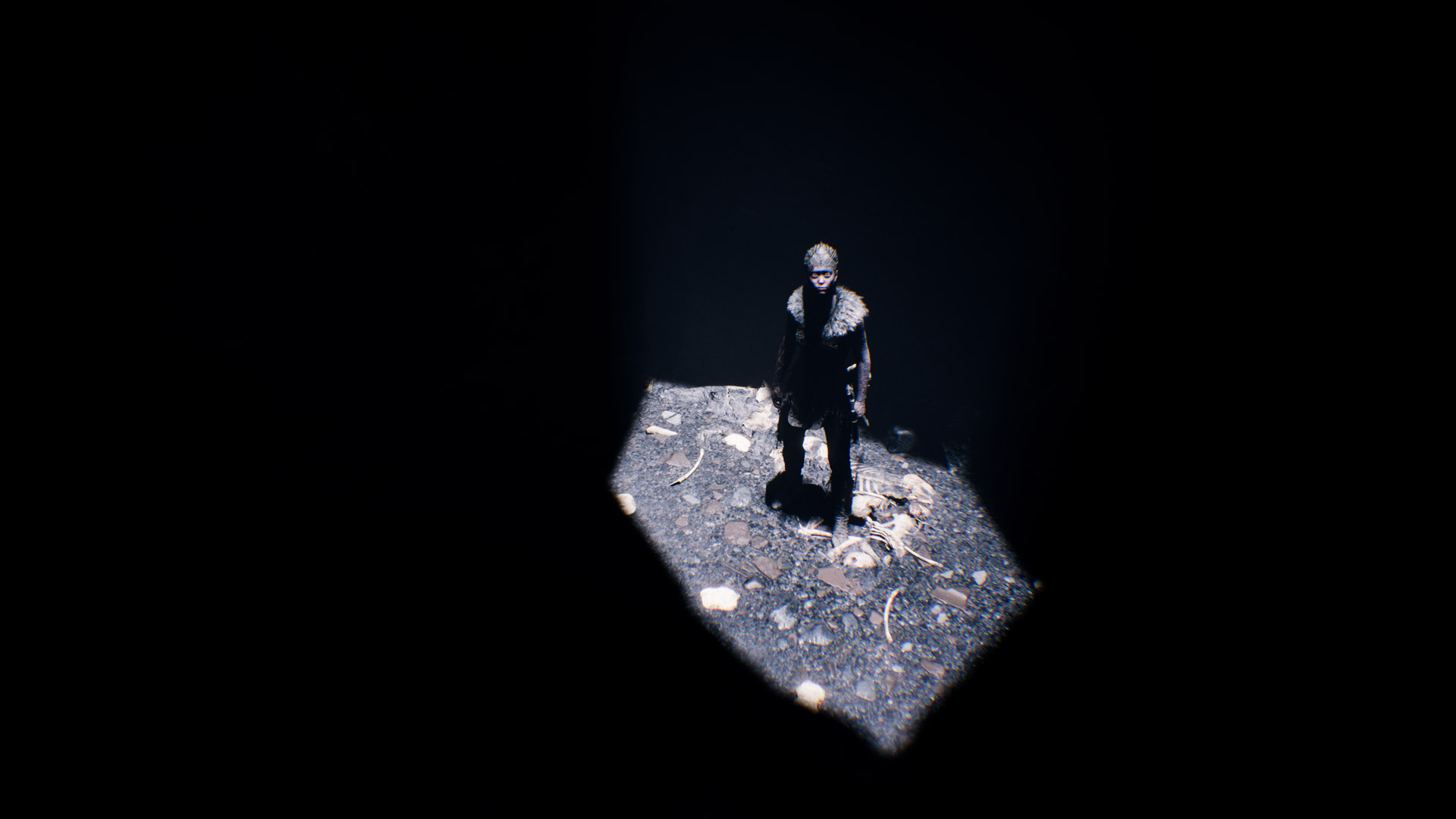
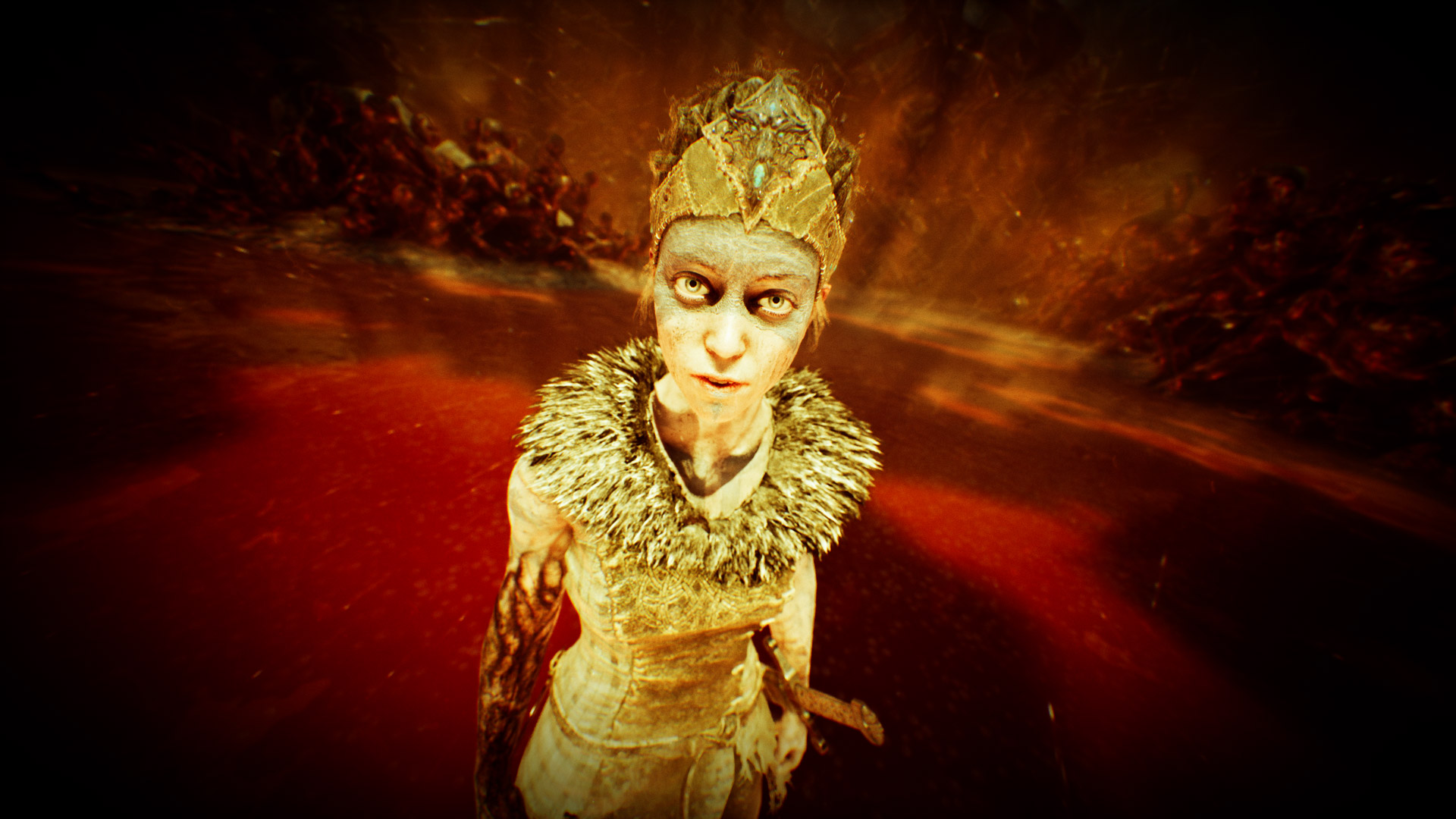
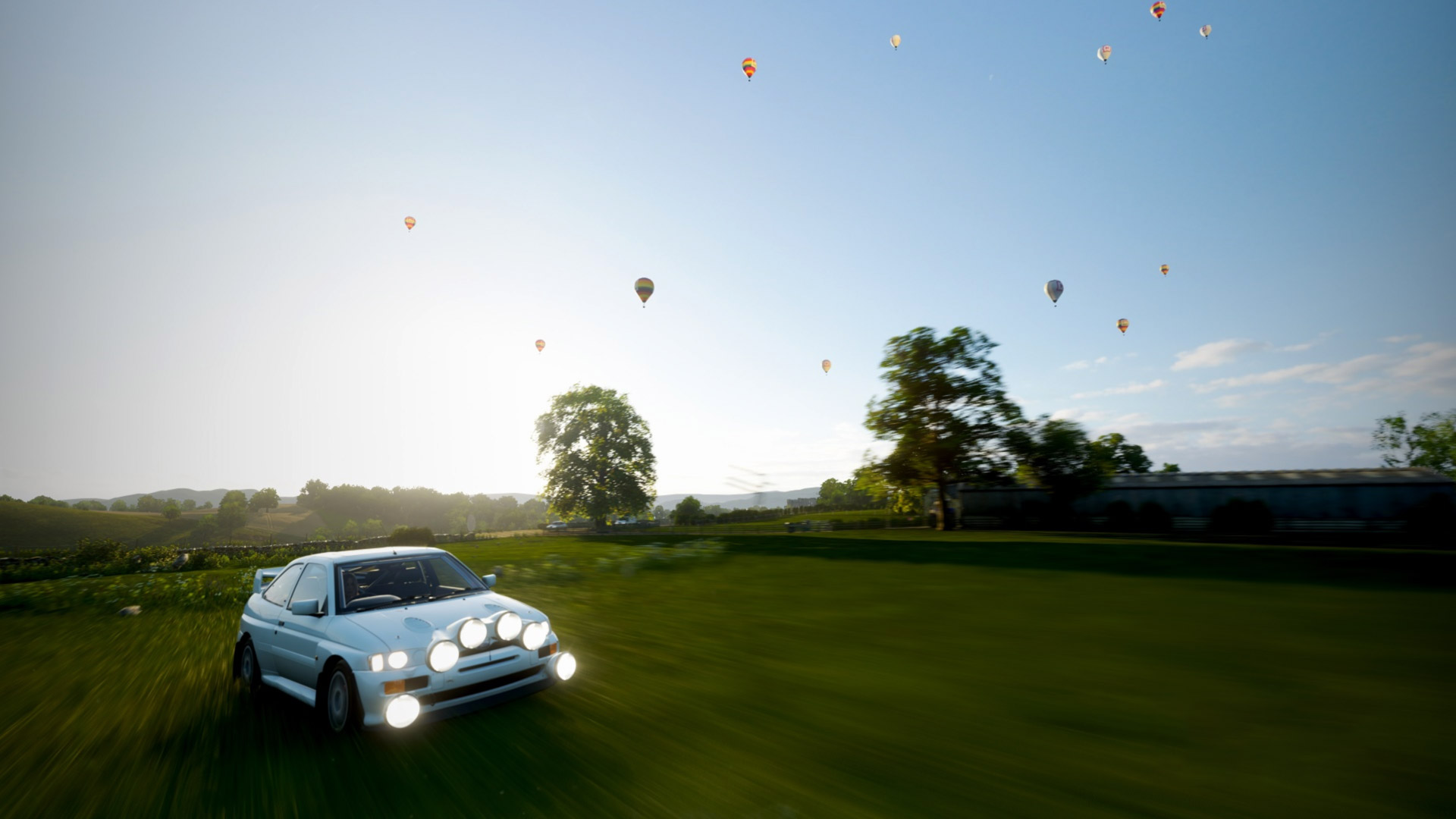
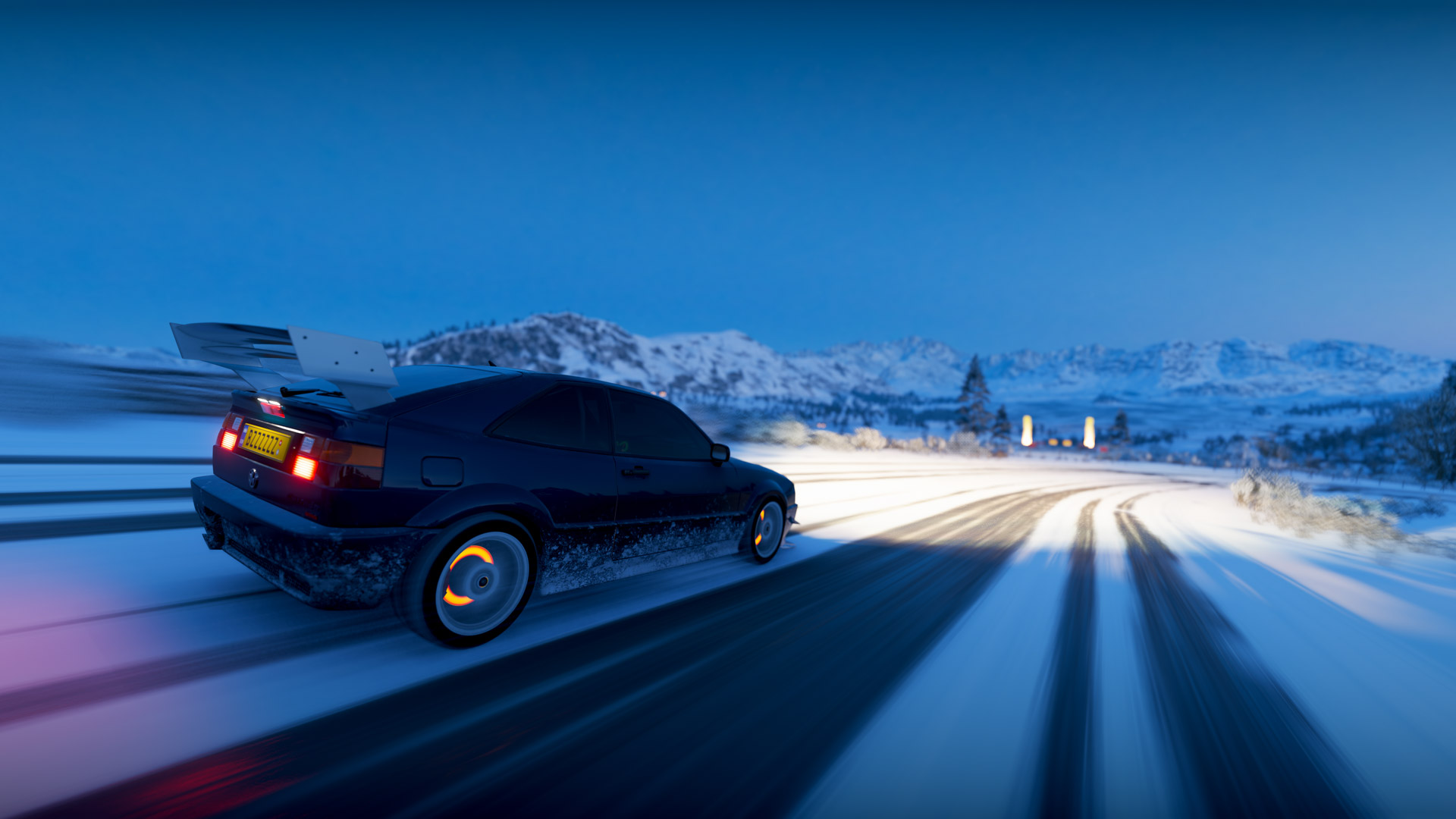
0 Comments